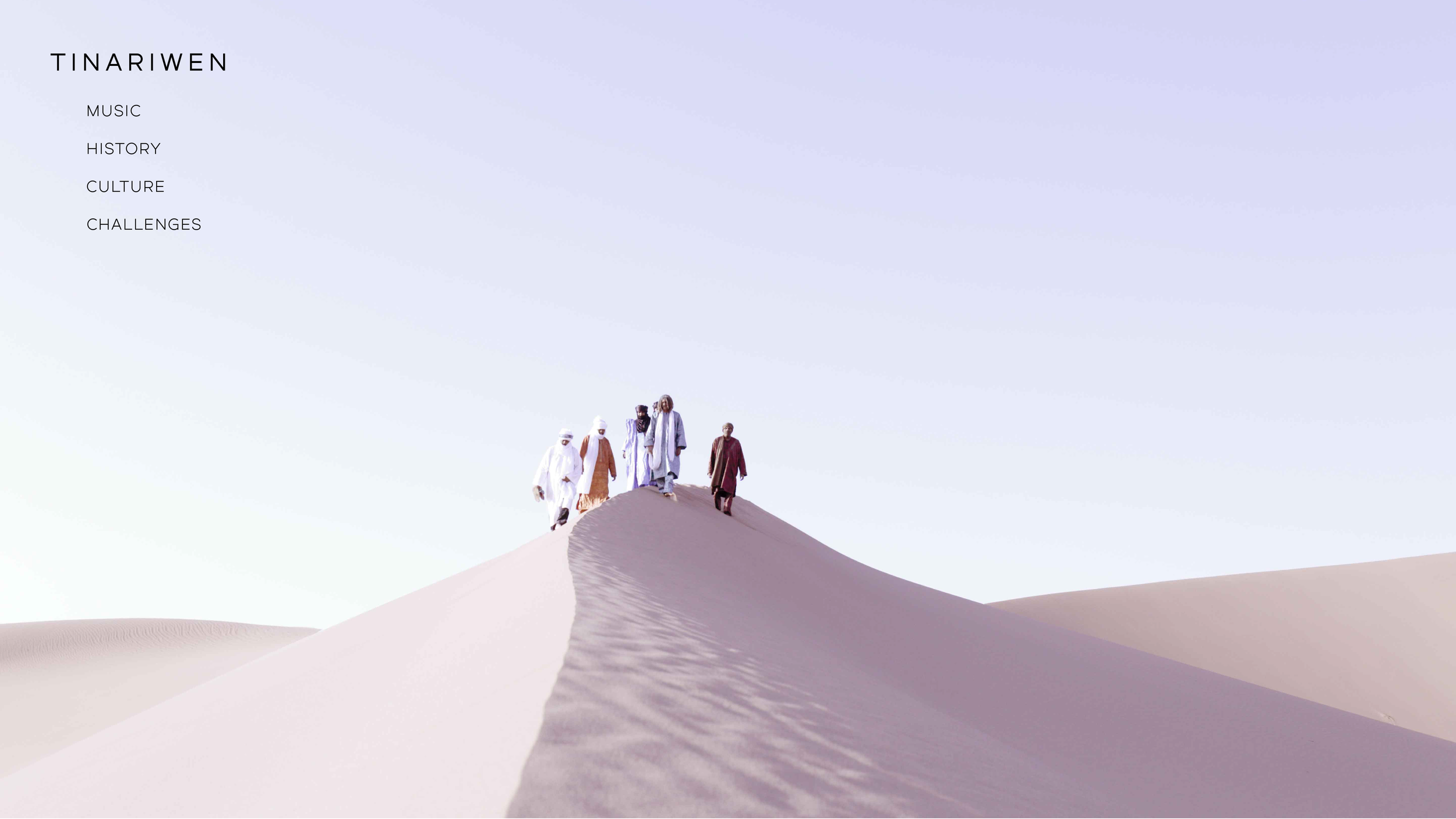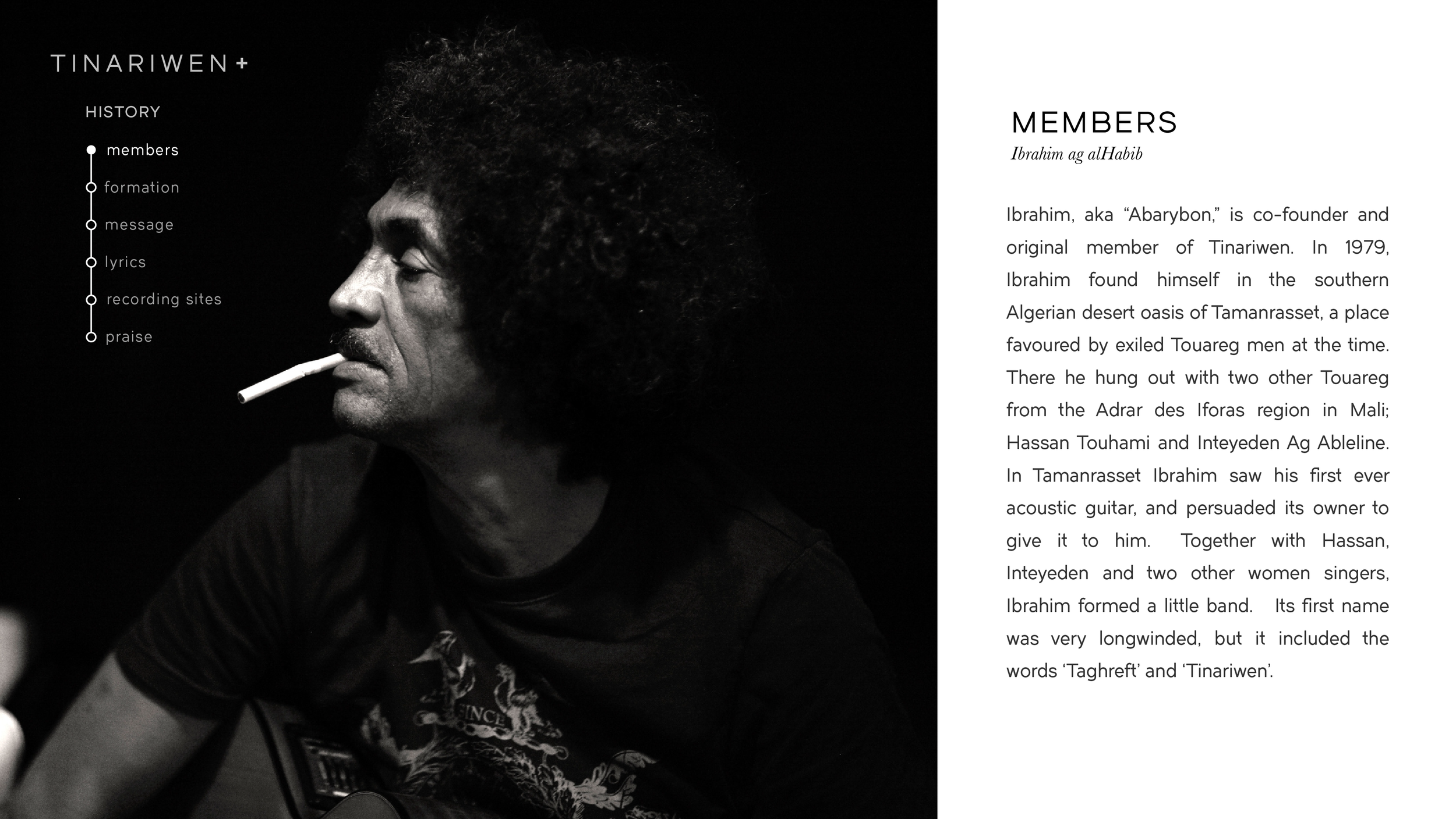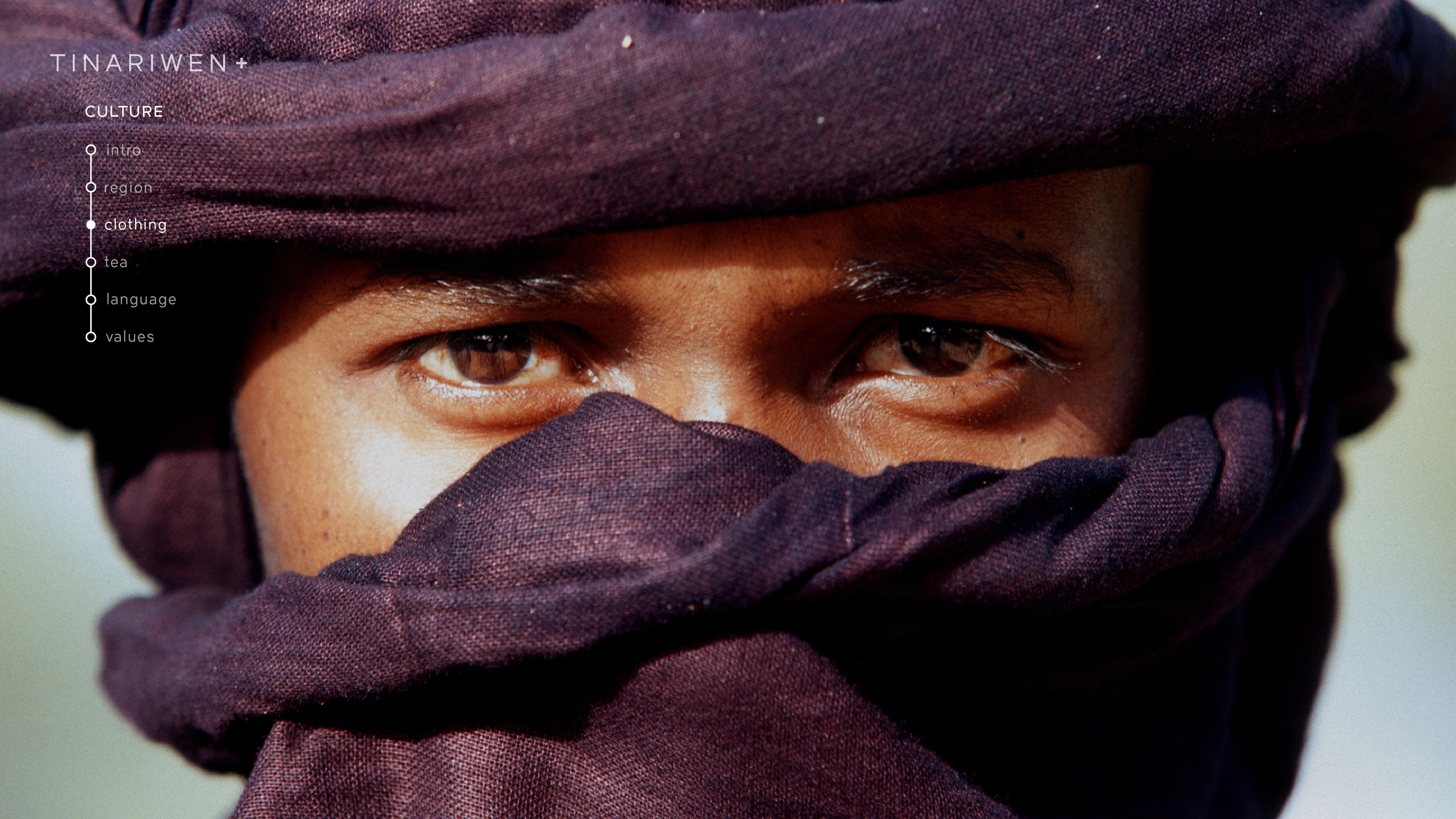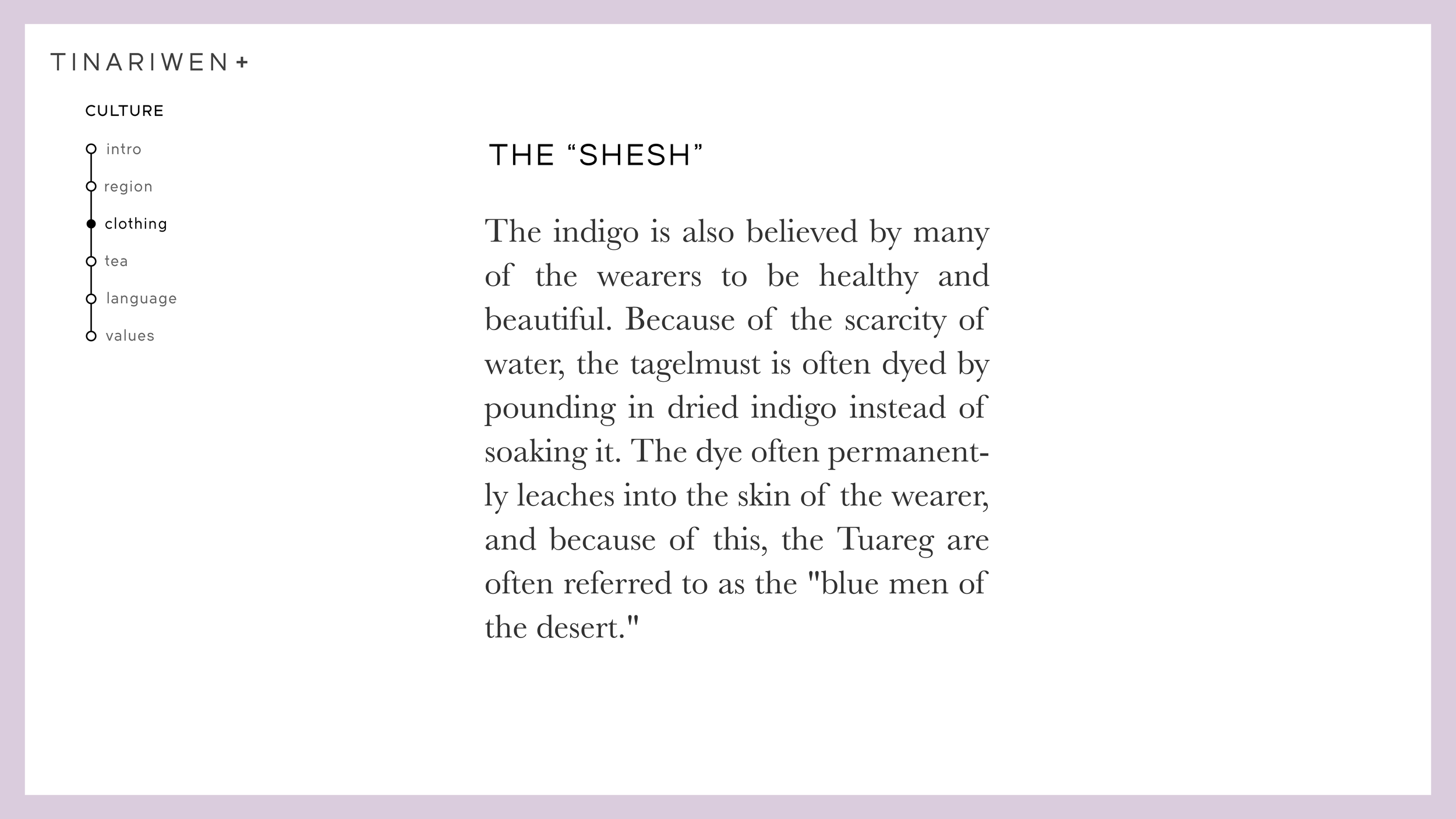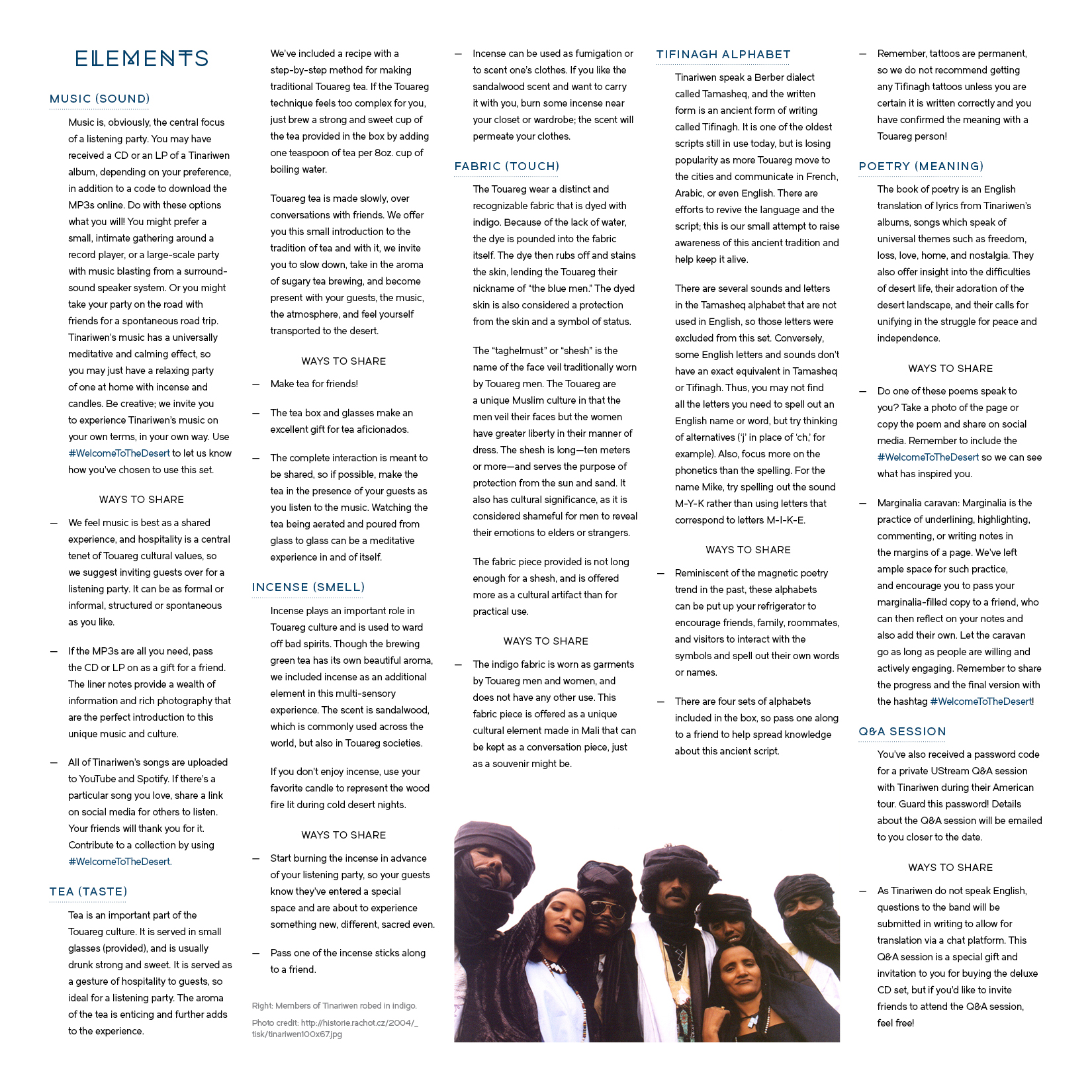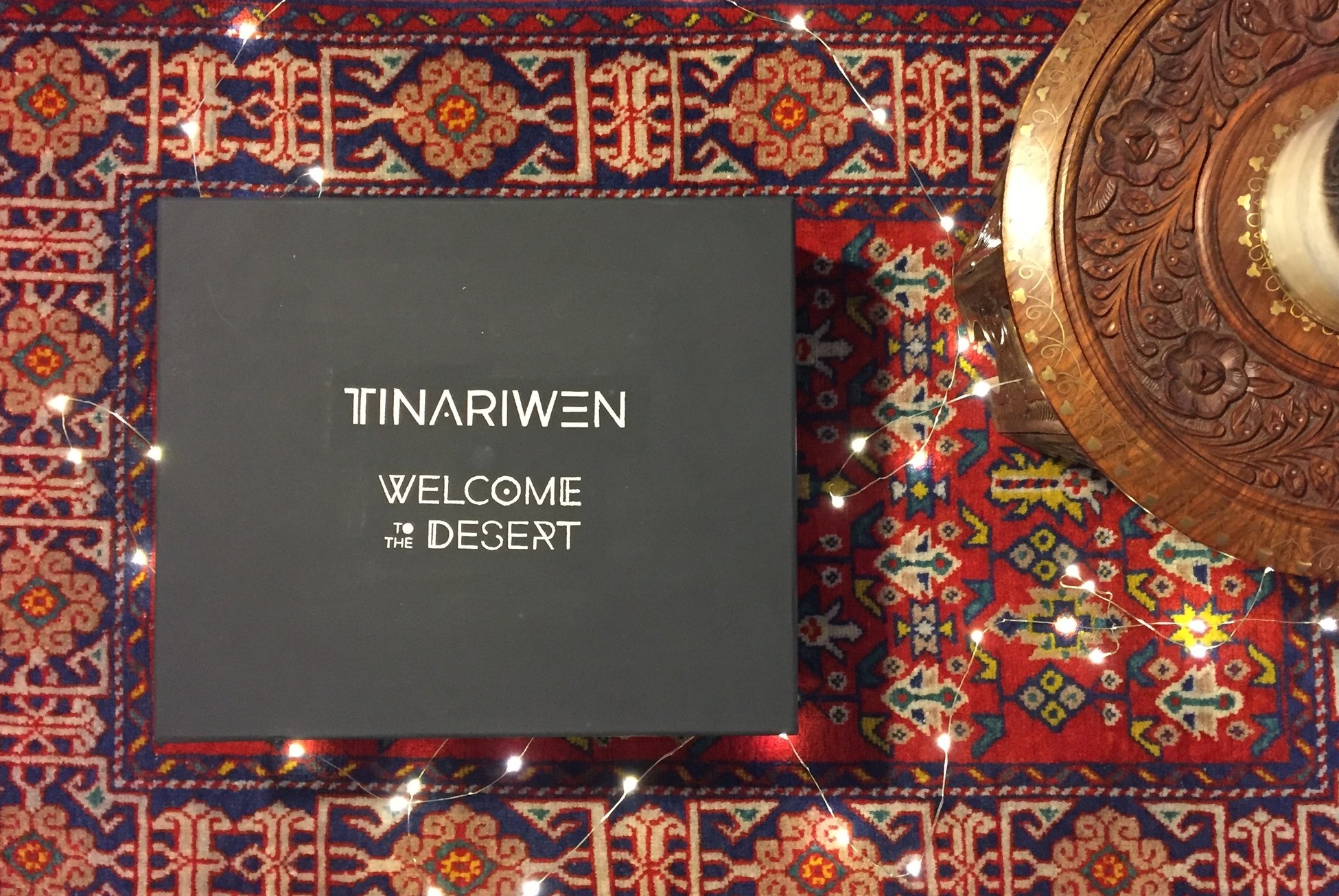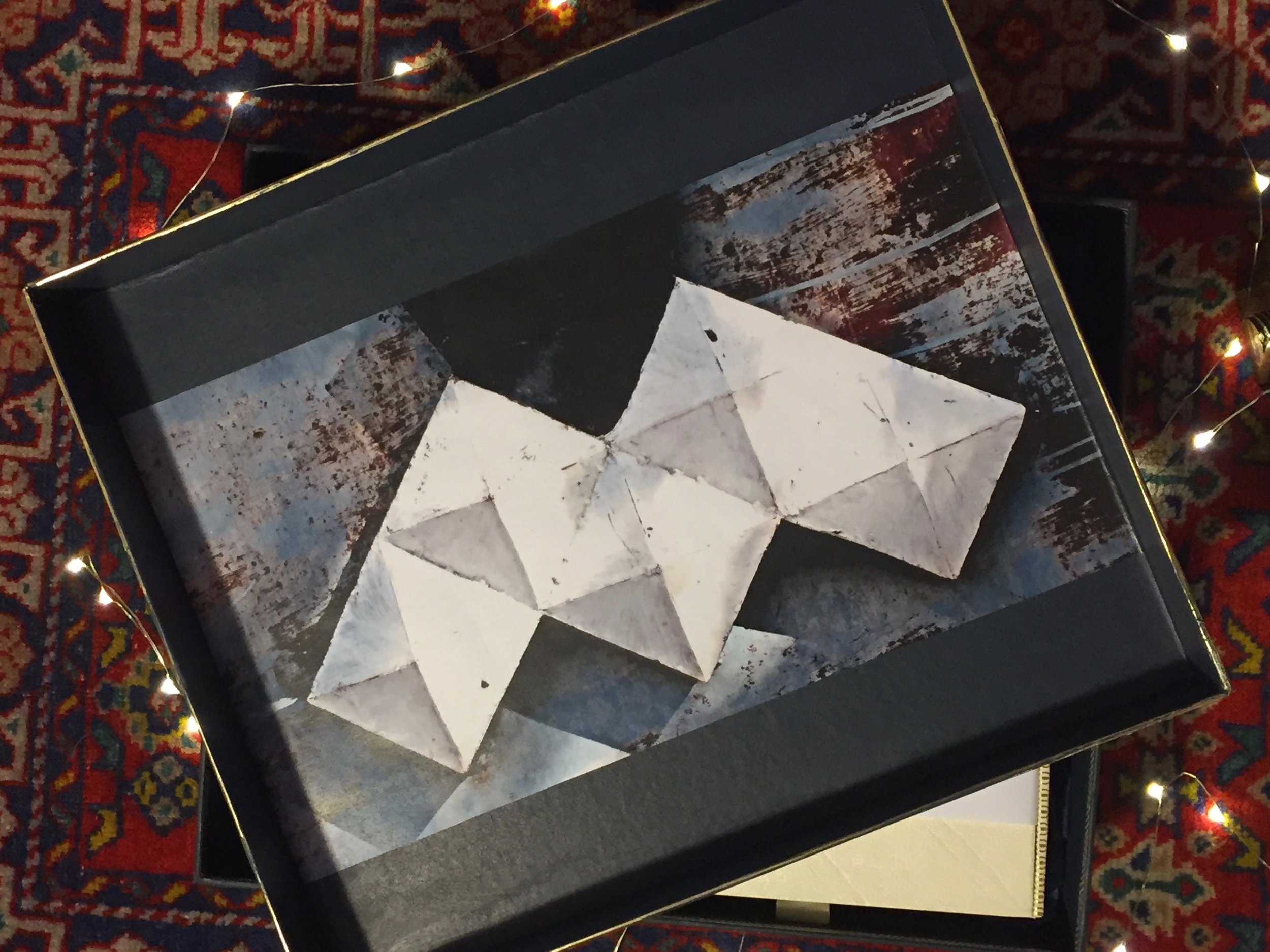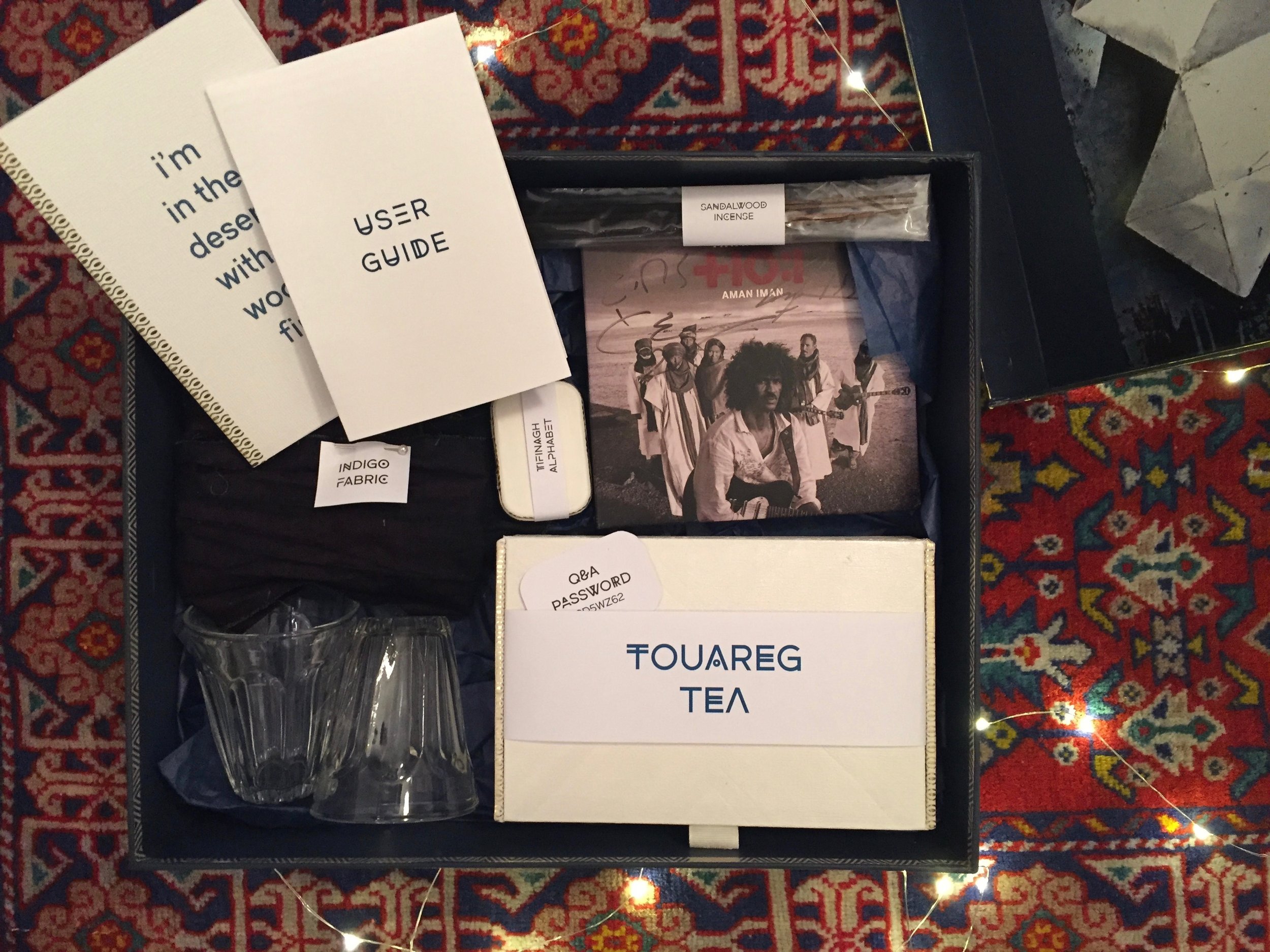Concept Video
INTRODUCTION
DESIGN BRIEF:
Design a product ecosystem that extends beyond the screen. The solution must include multiple touchpoints across multiple channels, and these components must work together in supporting a user or community of users as they attempt to achieve some practical goal.
SOLO PROJECT
TIMEFRAME:
11 weeks
TOOLS:
interviews / questionnaires / after effects / audition / illustrator / indesign / adobe xd / hand craftsmanship
For this project, my goal was to create an unconventional product ecosystem that focused more on enriching experiences and less on providing services. I decided to focus on the act of listening to music—an often uni-sensory and often passive activity—in order to explore the possibility of designing a richer, more engaging, and more robust experience through the means of a multi-sensory product ecosystem. In addition, the internet has offered more platforms and avenues to discover music, but for the same reason, there is less opportunity to connect and engage with an act. Thus, I felt there was opportunity for design to help connect artists and fans on a deeper level.
Tinariwen is a musical group comprised of members of the Touareg tribe, a nomadic tribe from the Sahara desert in Africa. Tinariwen's mission has always been to share their unique nomadic culture and story with the world. Not everyone has the opportunity to visit the desert or attend concerts, but a familiarity with the band members and their culture and history greatly enhances the appreciation of the artists and their music.
Because they are not widely known, because they are from a remote part of the world, and because their music is so unique, I felt that they were the perfect music group for which to design a product ecosystem that enhances the experience of listening to their music, while also connecting them to their fans around the world.
GOALS
Design a more multi-sensory experience of listening to music
Introduce listeners to the unique Touareg culture and way of life, and thereby enhance how fans experience Tinariwen’s music
Help artists and fans connect on a deeper level by satisfying the objectives of both groups
MORE INFORMATION on the research process, methods, and outcomes is available in the process documentation.
FINAL CONCEPT
ONLINE COMPONENT
The online component educates, informs, intrigues, communicates, and connects visitors with Tinariwen and the Touareg people. It engages the eyes and the ears.
I designed a visually immersive web portal that focuses on Touareg culture as the band themselves experience it. Visuals are an effective means of communicating the culture while also piquing curiosity, so I selected images that were particularly striking and impactful. This could easily supplement their existing website, giving curious fans easy and quick access to information about the music, the culture, the band, and the challenges the band is facing today.
PHYSICAL COMPONENT
One of the lead singers of Tinariwen always begins his concerts in America with “You are welcome to the desert.” It is apt, as the music has a way of transporting the listener to a faraway place. I felt the phrase was fitting for the box as well, as the artifacts are meant to immerse the user in a different environment, and provide some insight into what daily life might be like for the Touareg in the desert.
The "Listening Party in a Box" is meant to recreate the experience of being with the band themselves and offers a deeper connection to the band. Fans are not passively listening to the music without understanding the deeper meaning to it, but are having a fully immersive experience with the music by fully engaging all five senses. Touch is engaged through the Touareg's signature indigo fabric. Hearing is captivated by the music. Classic gunpowder green tea drunk copiously by the Touareg stimulates taste, while incense sticks immerse one in scent. Finally, a book of Tinariwen's stunning poetry rivets the eyes and mind.
The box fits into nearly every phase of Shelley Evenson’s Experience cycle. The unique artifacts with the music help Connect and Attract party guests. The User Guide helps Orient; the physical components allow for Interaction, and also Extend and Retain as they serve as reminders and souvenirs, and the sharing component allows for Advocacy.
BOX CONTENTS
USER GUIDE
The fold-out User Guide enables users to scan detailed information about all the elements in the box at once. The outside pages have a welcome message, ideas for using the box, and the box contents. The inside contents include a brief explanation of the artifacts as well as “Ways to Share” them each. The guide neatly folds into six parts for easy storage.
INDIGO FABRIC & Incense sticks
Indigo fabric is such a distinctive aspect of Touareg culture that it earned them the nickname, “The Blue Men.” Incense is used in various Touareg rituals and ceremonies.
GREEN TEA
Green tea is a critical part of the Touareg culture, but is made in a very particular way. I found a tea recipe online and modified it to suit a beginner’s needs. Two small tea cups were also included.
POETRY BOOK
The Touareg come from an oral culture where poetry and eloquence is highly valued. Thus, their lyrics are not mere words, but actual poetry that speak of universal themes such as freedom, loss, love, home, nostalgia. They also speak to the struggles of the Touareg, which is why their music is often referred to as rebel music, or songs of the rebellion. Understanding the lyrics is critical to understanding the message that Tinariwen wants to convey, so communicating the lyrics was an important element of the design solution. I printed and bound the book myself.
ALPHABET MAGNETS
The written form of the Touareg language is called Tifinagh, and it is one of the oldest scripts in the world, consisting of geometric shapes. It is still in use today, so I decided to create Tifinagh “alphabet magnets.” This required some research, as there are variations of the script depending on which region of North Africa you are from. I wanted to stay true to the script that Tinariwen use, which took some time to match up.
OUTER BOX
The outer box was painted in a deep charcoal chalkboard paint to mimic the deep dark of a desert sky. The inside of the box features the “khomeissa,” a typical symbol in Touareg culture.


